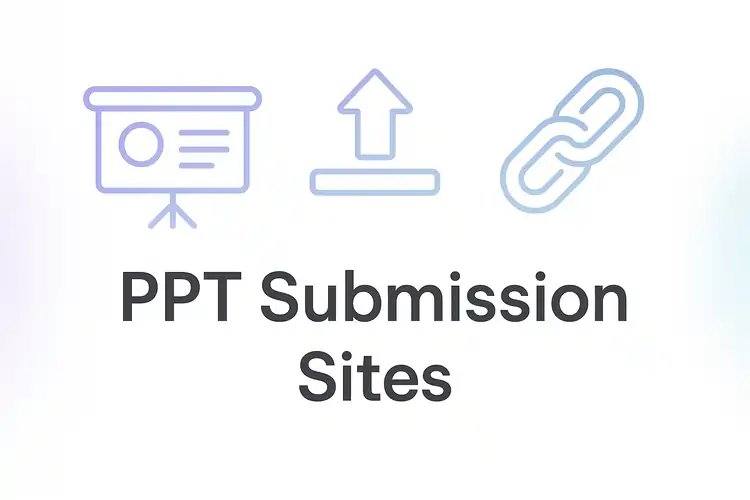An SEO audit is the foundation of every high-ranking website. Without it, you’re guessing instead of making data-backed improvements. A proper audit uncovers what’s slowing you down, from technical issues to content gaps, so you can fix problems before they cost you traffic and sales.
At The DM School, we’ve run hundreds of SEO audits for businesses across industries. We look beyond basic checklists to find hidden ranking opportunities — things most free tools miss. This guide will walk you through a proven, step-by-step process you can use right now.
What is an SEO Audit?
An SEO audit is a comprehensive analysis of your website’s technical, on-page, and off-page SEO factors to identify opportunities for better rankings and traffic.
Follow along and you’ll know exactly what’s working, what’s broken, and how to fix it — without wasting months on trial and error.
Table of Contents
1) Technical SEO Audit
Start with the foundation. Technical SEO controls crawling, indexing, speed, and data signals.
Fix these before content or links. It lifts rankings faster and cheaper.
🔍 Crawlability & Indexing
- Run a full crawl with your tool of choice.
- Fix 4xx/5xx errors and broken internal links.
- Remove soft 404s and duplicate URLs.
- Review coverage in Google Search Console.
- De-index thin, tag, and parameter pages where needed.
Need help with prioritization? See our
SEO services
and recent case studies.
🧭 Sitemap, Robots, Canonicals
- One XML sitemap index. Only indexable URLs inside.
- robots.txt allows key sections; blocks junk paths.
- Self-referencing canonicals on unique pages.
- Noindex thin archives or faceted parameters.
For a strategic audit, consider a quick
free audit call.
⚡ Site Speed & Core Web Vitals
- LCP < 2.5s, CLS < 0.1, INP < 200ms.
- Compress images (WebP). Lazy-load below-the-fold media.
- Minify CSS/JS. Defer non-critical scripts.
- Use server-side caching and a global CDN.
Practical fixes are in our
SEO tips for small businesses.
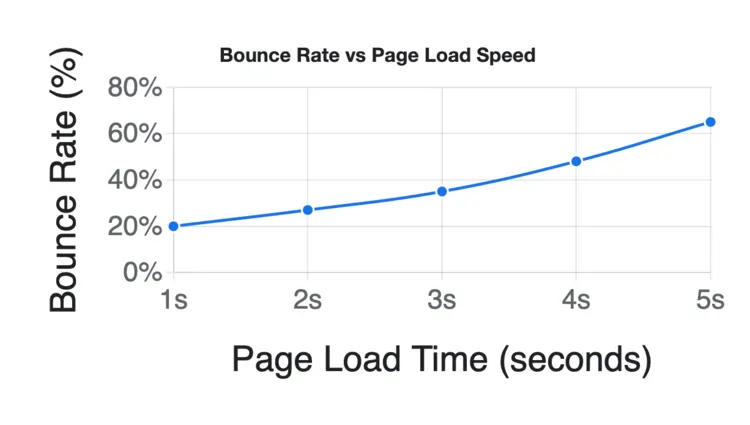
Sample Data: 1s → 20% bounce, 2s → 27%, 3s → 35%, 4s → 48%, 5s → 65%.
🧩 Structured Data & Enhancements
- Add schema for Organization, Article, FAQ, and Product as relevant.
- Validate in Rich Results Test. Fix warnings and errors.
- Ensure logo, sameAs, and contact data are correct.
- Keep breadcrumb markup consistent across templates.
Learn the business impact in our
Google Partner SEO benefits.
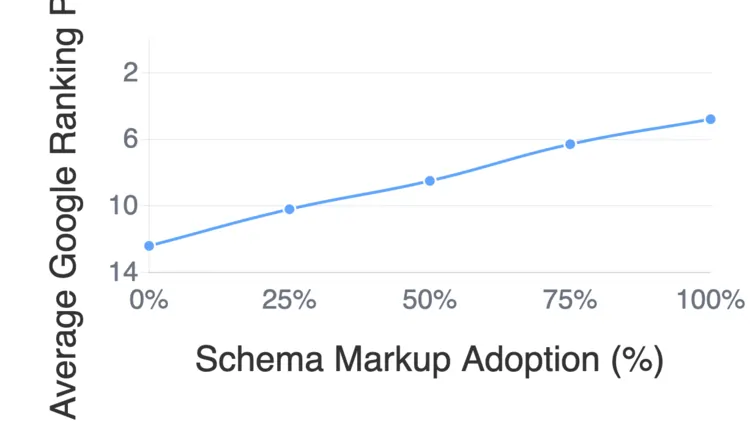
Sample Data: 0% schema → rank 12.4, 50% → 8.5, 100% → 4.8.
🛡️ Security & Hygiene
- HTTPS on all URLs. Redirect HTTP to HTTPS.
- Remove duplicate hostnames and trailing slash issues.
- Block staging with password or noindex + disallow.
- Fix mixed-content and insecure resource calls.
Want an expert walkthrough? Explore our
SEO company overview
or book a free audit call.
📝 Quick Actions
- Fix crawl errors and broken links first.
- Clean index: remove thin and duplicate URLs.
- Hit CWV thresholds sitewide.
- Implement core schema types and validate.
2) On-Page SEO Audit
On-page signals tell Google what each page is about. Tighten titles, descriptions, headers, copy, and links. Small fixes here often produce fast ranking and CTR lifts.
🧩 Titles & Meta Descriptions
- Unique, keyword-led titles (≈55–60 chars) with clear benefit.
- Compelling meta descriptions (≈140–160 chars) with a call to action.
- Front-load the primary keyword; add a secondary variation naturally.
- Avoid duplication across templates and paginations.
Need a standards baseline? Review our
SEO services
and recent case studies.
📚 Headers, Copy & Intent Match
- H1 = page topic; H2/H3 = logical subtopics; no keyword stuffing.
- Answer search intent above the fold; expand with proof and examples.
- Use semantic entities and FAQs to deepen topical coverage.
- Add internal links to relevant pages to pass context and PageRank.
See practical patterns in our
SEO tips for small businesses.
🔗 URLs, Media & Accessibility
- Short, readable slugs with the main keyword (no stop-word bloat).
- Use WebP images, descriptive filenames, and meaningful alt text.
- Compress images; lazy-load below the fold.
- Add breadcrumbs and consistent internal link anchors.
For compounding gains, combine on-page and technical fixes from our
Google Partner SEO approach.
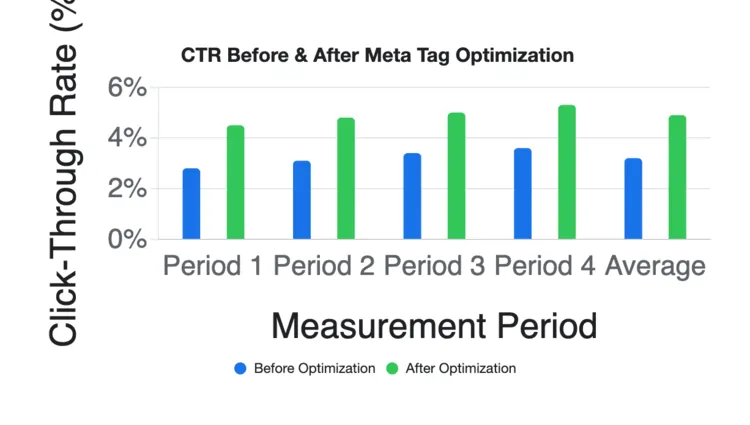
Sample Data: Before CTR → 2.8%, 3.1%, 3.4%, 3.6% (avg 3.2%). After CTR → 4.5%, 4.8%, 5.0%, 5.3% (avg 4.9%).
🔗 Internal Linking Strategy
- Link upward to hubs and downward to specifics (hub ↔ spoke).
- Use descriptive anchors that match user intent, not “click here.”
- Ensure every orphan page gets at least two contextual links.
- Refresh old winners with links to new high-value pages.
Browse our blog for examples,
or book a free audit call for a custom map.
📝 Quick Actions
- Rewrite weak titles with benefit + keyword.
- Upgrade metas with a promise + CTA.
- Align H1/H2 to search intent; expand with FAQs.
- Fix slugs, alt text, and add 2–3 contextual links per page.
3) Content Quality Audit
Google rewards depth, usefulness, and freshness. A content audit finds thin pages, duplication, keyword cannibalization, and outdated articles that quietly suppress rankings.
🔎 Diagnostics (what to look for)
- Thin pages: low word count, low time-on-page, zero links.
- Duplicates: same topic/intent across multiple URLs.
- Cannibalization: two+ pages targeting the same primary keyword.
- Stale winners: posts losing traffic for 60–90 days.
- Intent mismatch: content that doesn’t answer the query directly.
See how we prioritize fixes inside our SEO services and learn patterns from our case studies.
🛠 Fixes (how to repair fast)
- Merge & 301: combine duplicate/cannibal pages into the strongest URL.
- Upgrade thin pages: add data, examples, FAQs, and internal links.
- Refresh: update stats, screenshots, and headings on aging posts.
- Intent-first edits: move the answer above the fold; expand with proof.
- Hub ↔ Spoke linking: connect guides to related posts on your blog.
Want a second pair of eyes? Book a quick audit call.
♻️ 20-Minute Refresh Framework
- Rewrite title for clarity + benefit; tighten H1/H2.
- Add a fresh intro paragraph and one new section.
- Insert 2 charts/tables or 3 examples for depth.
- Add 3–5 internal links to relevant services/case studies.
- Update schema (Article/FAQ) and resubmit in GSC.
More quick wins here: SEO tips for small businesses in India.
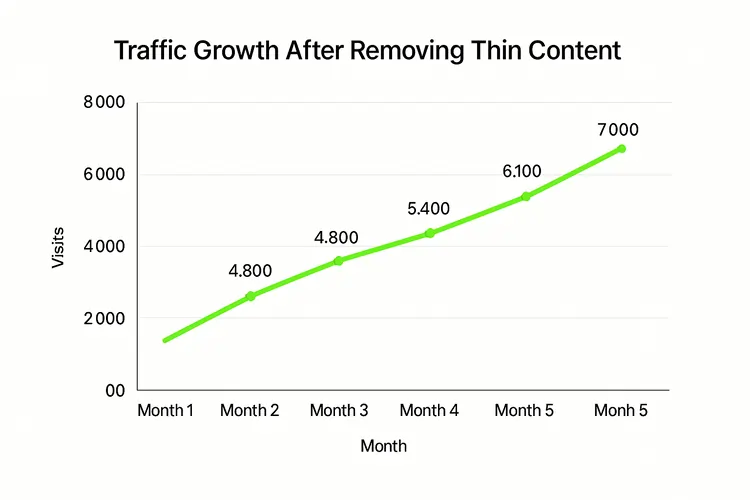
Sample Data: Month 1 → 4,200 visits; Month 2 → 4,800; Month 3 → 5,400; Month 4 → 6,100; Month 5 → 7,000.
📝 Quick Actions
- List thin/duplicate/cannibal pages; decide merge vs refresh.
- Upgrade top 10 posts losing traffic in the last 90 days.
- Add FAQs and internal links to every refreshed URL.
- Submit updated sitemaps; monitor in Google Search Console.
Next: Off-Page SEO Audit
4) Off-Page SEO Audit (Backlink Profile Analysis)
Backlinks drive authority and trust. In an SEO audit, don’t count links—grade them. Focus on quality, topical relevance, anchor diversity, and a natural acquisition pattern.
🔎 What to Review
- Quality & relevance: Authority sites in your niche beat generic directories.
- Anchor text mix: Brand ≥50%, partial-match 20–30%, exact ≤10%, rest generic/URL.
- Link velocity: Smooth growth; avoid sudden spikes from low-quality sources.
- Toxic links: Low-trust domains, spun content, site-wide footers → consider outreach/removal, disavow if needed.
- Coverage vs rivals: Compare referring domains and topical hubs against competitors.
See how we approach this in our SEO services and real case studies.
🛠 Fix & Grow Plan
- Remove or disavow toxic links after manual review.
- Reclaim unlinked brand mentions and 404 backlinks (301 to best URL).
- Earn editorial links with data posts, tools, and PR angles.
- Strengthen hubs: linkable guides on your blog attract natural links.
Need a roadmap? Book a quick audit call.
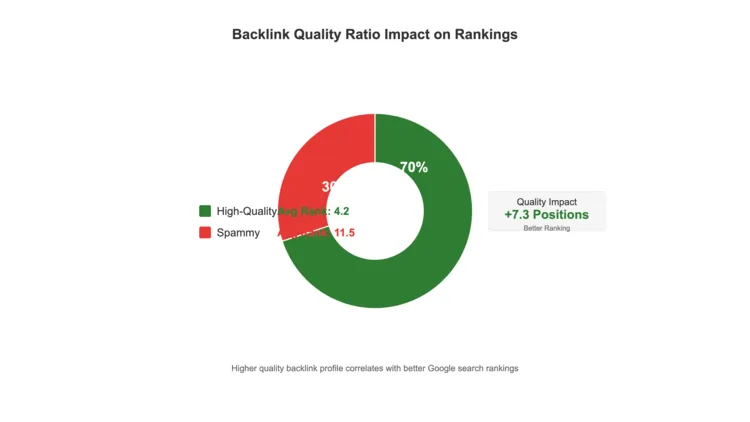
Sample insight: High-quality 70% : Spammy 30% → Avg rank ≈ #4.2; inverse mix → Avg rank ≈ #11.5.
📝 Quick Actions
- Export backlinks, tag by quality/relevance, and flag toxic domains.
- Run reclaim: fix 404 links; request credit for brand mentions.
- Launch one linkable asset per quarter to earn editorial links.
- Track anchor distribution; cap exact-match at ≤10%.
Next: Competitor Analysis
5) Competitor Analysis (Finding SEO Gaps You Can Exploit)
An SEO audit is incomplete without studying your rivals. Competitor analysis shows you where they outrank you, why they attract more links, and which content gaps you can fill to leapfrog them.
📊 Key Metrics to Compare
- Domain authority & trust flow: Indicates backlink quality and strength.
- Top-ranking keywords: Identify high-traffic terms you’re missing.
- Content depth: Check if their pages are more comprehensive than yours.
- Backlink sources: Spot unique referring domains you can target.
- Technical edge: Page speed, mobile optimization, schema usage.
We use this process in our SEO campaigns to find quick-win opportunities.
🛠 Action Plan
- Export competitor keyword lists from tools like Ahrefs/Semrush.
- Filter for keywords with high volume + low difficulty.
- Create or upgrade pages to target these gaps with better content depth and UX.
- Approach backlink sources unique to competitors with a stronger pitch.
Want to see this for your niche? Book a competitor gap report.
Next: Technical SEO Audit
6) Local SEO Audit (If Applicable)
If you serve customers in specific cities or neighborhoods, a local SEO audit is essential. The goal: consistent NAP, a fully-optimized Google Business Profile, strong local pages, and real reviews that convert.
📇 NAP Consistency & Citations
- Audit Name, Address, Phone across your site, GBP, and directories.
- Fix mismatches (suite numbers, abbreviations, old phone numbers).
- Standardize hours, categories, and services everywhere.
Need help? See our Local SEO services.
📍 Google Business Profile (GBP) Optimization
- Primary category accurate; add secondary categories for services.
- Complete services list, products, and description with keywords.
- Add photos, Q&A, and weekly Posts. Track with UTM parameters.
- Turn on messaging and call tracking; respond to every review.
Showcase social proof: embed highlights from your reviews.
🗺️ Location & Service Pages
- One page per key location with unique content, FAQs, and map embed.
- Add local case studies, directions, landmarks, and service lists.
- Interlink city pages and relevant blogs for topical authority.
⭐ Reviews, Local Links & Engagement
- Grow recent, high-quality GBP reviews with keywords and photos.
- Earn local links (associations, chambers, events, charities).
- Publish city-specific blogs on your blog to rank for “near me” terms.
📝 Quick Actions
- Fix NAP inconsistencies sitewide and in directories.
- Complete GBP with categories, services, UTM links, and Posts.
- Create/refresh top city pages with unique local proof.
- Launch a review campaign; answer every review within 24–48h.
7) Reporting & Prioritization
An SEO audit only creates ROI when findings turn into a clear action plan. Build one dashboard, one KPI tree, and one prioritized backlog—then execute in weekly sprints.
🌳 KPI Tree (from business to tasks)
- Revenue ← Leads/Orders × Conv. Rate × AOV
- Leads/Orders ← Qualified Sessions × On-site CVR
- Qualified Sessions ← Impressions × CTR × Top-3 Keywords
- Drivers ← Content depth, CWV, internal links, backlinks
For implementation help, explore our SEO services and case studies.
⚖️ Prioritize with ICE (or RICE)
- Impact: Expected lift on KPI (Low/Med/High or 1–10).
- Confidence: Evidence strength (logs, benchmarks, past tests).
- Effort: Hours/complexity (Dev, Content, Design).
- ICE Score: Impact × Confidence ÷ Effort → sort descending.
Tip: Security/CWV/indexing bugs are P0—fix before content plays. See foundational wins in our SEO tips.
📋 30-Day Action Backlog (example)
🗓️ Reporting Cadence
- Daily: Errors, uptime, major CWV regressions.
- Weekly: Rankings, impressions, CTR, top-page CVR, backlog burn.
- Monthly: Leads/Orders, ROAS, content & link velocity, wins/learns.
Want a pre-built dashboard + sprint plan? Book a free audit call.
📝 Quick Actions
- Define one KPI tree for the site; align team on terms.
- Score the audit backlog with ICE; sort and lock the top 10.
- Ship work in weekly sprints; protect focus (no mid-week scope creep).
- Review outcomes weekly; adjust scores with new evidence.
8) Ongoing Audits & Monitoring
An SEO audit isn’t a one-off task. Treat it like maintenance. Track leading indicators weekly and hard outcomes monthly so small issues never become ranking drops.
🛡️ Guardrails to Watch
- Coverage & crawl errors (GSC): spikes in Excluded, 4xx/5xx.
- Core Web Vitals regressions: LCP, CLS, INP on key templates.
- Index hygiene: accidental noindex, canonical drift, duplicate hosts.
- Ranking volatility on “money” pages & hubs.
- Link profile health: sudden spam influx or anchor imbalance.
Need a safety net? Our SEO services include weekly guardrail checks.
🔄 Weekly Ops Rhythm
- Ship top ICE items from the audit backlog.
- Refresh one declining post (content, internal links, FAQs).
- Reclaim links (404s, unlinked mentions) and add 2–3 new internal links per target page.
- Review Search Console queries → add one FAQ or section to match intent.
See refresh tactics in our SEO tips and execution examples on the blog.
📅 Monthly Outcomes Review
- Leads/Orders, CVR, and Revenue from organic.
- Keyword share of top-3 positions for target clusters.
- Content shipped vs. plan; link velocity & quality ratio.
- New issues opened/closed; backlog re-scored with ICE.
Want a managed cadence? Book a free audit call and we’ll set this up.
🚨 Alerts & Automation
- Create GSC email alerts for coverage and manual actions.
- Track CWV via field data; notify on template-level regressions.
- Automate 404 and redirect reports; fix weekly.
- Monitor reviews & local signals; reply within 24–48h (reviews matter for trust).
📝 Quick Actions
- Build one guardrail dashboard (GSC, CWV, errors, rankings).
- Lock a 60-minute weekly ops slot; protect it.
- Refresh 1 URL/week; add 2 internal links per target page.
- Close the loop monthly: outcomes → re-prioritize the backlog.
Next: Conclusion & FAQ
A successful SEO audit is more than a quick scan of your site — it’s a full health check that reveals hidden opportunities and weaknesses. By following a structured, step-by-step audit process, you ensure every SEO factor is analyzed, from technical setup to content quality and backlink strength.
At The DM School, we perform SEO audits backed by real data, advanced tools, and years of campaign experience. Our audits don’t just tell you what’s wrong — we give you a clear, actionable plan to boost rankings, traffic, and ROI.
If you want to unlock your website’s full ranking potential, start with a professional SEO audit today. Get in touch now and we’ll guide you through every step to ensure measurable improvements in search visibility.
FAQ — SEO Audit (Step-by-Step)
1) What is an SEO audit?
A structured review of your site’s technical setup, on-page content, and off-page signals to find issues and opportunities that affect rankings and traffic.
2) How often should I run an SEO audit?
Do a full audit every quarter. Run light monthly checks for coverage, Core Web Vitals, and ranking volatility.
3) Which tools do I need for a proper audit?
Use a crawler (Screaming Frog/Sitebulb), Google Search Console, PageSpeed Insights, and a backlink tool. For execution, our SEO services include a complete tool stack.
4) How long does an SEO audit take?
Small sites: 3–5 days. Mid-size: 1–2 weeks. Large or multi-locale sites can take longer based on templates and data depth.
5) Will an audit alone improve rankings?
The audit finds what to fix. Rankings improve when you implement the action plan. See examples in our case studies.
6) What are the biggest quick wins from audits?
Fixing 4xx/5xx errors, improving LCP/INP, merging cannibal pages, and adding internal links. Our tips list more fast wins: SEO tips.
7) Do I need local SEO in my audit?
Yes, if you serve a city or region. Check NAP consistency, Google Business Profile, reviews, and location pages. Explore our Local SEO services.
8) Can you help implement the fixes after the audit?
Yes. We deliver the roadmap and execute it with content, technical, and link-building support. Book a free audit call to get started.
Your audit gives great insights—now maximize its impact with ongoing SEO support. Partner with the leading SEO Company in India to turn your findings into improved visibility and long-term ROI.

